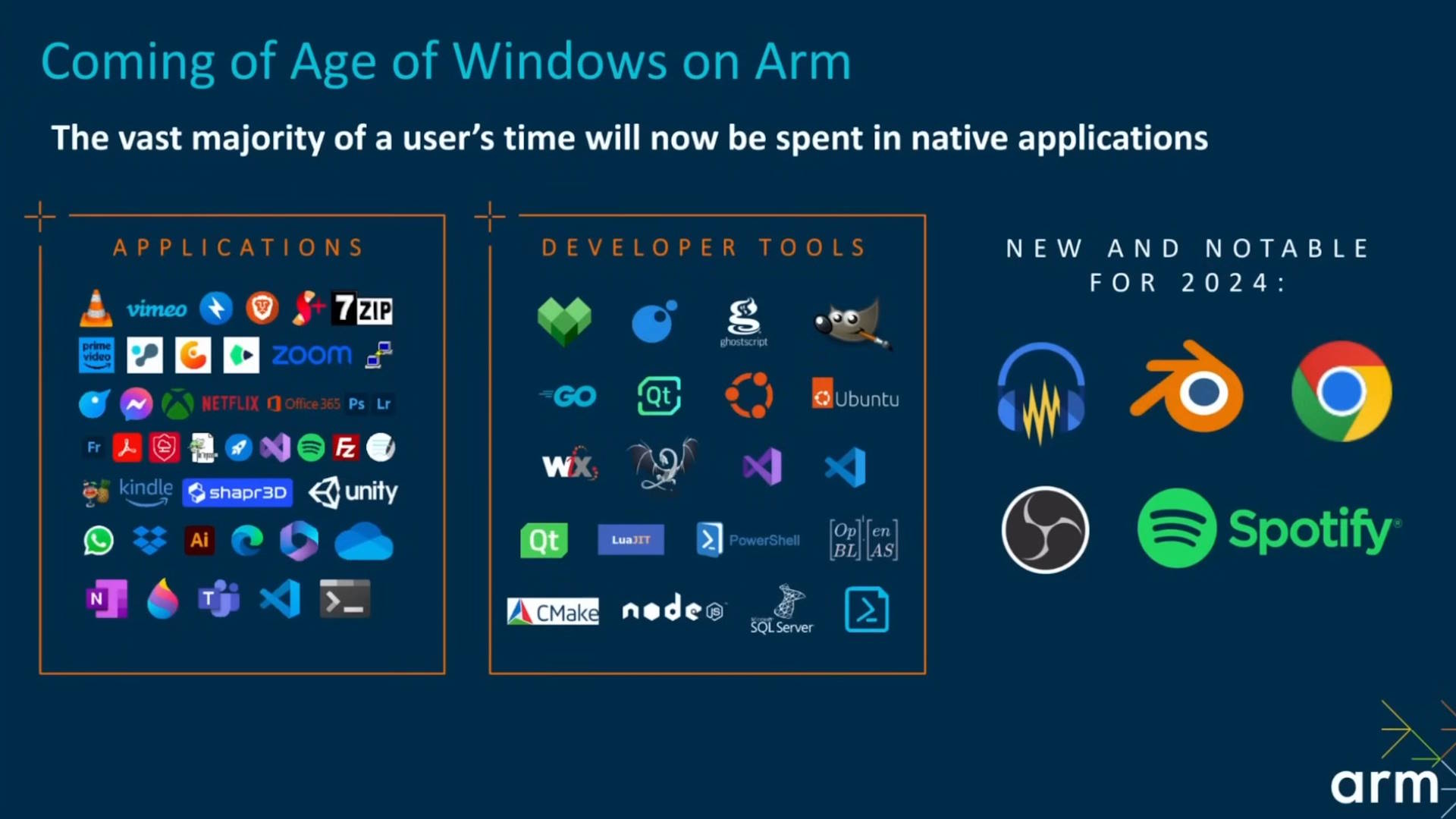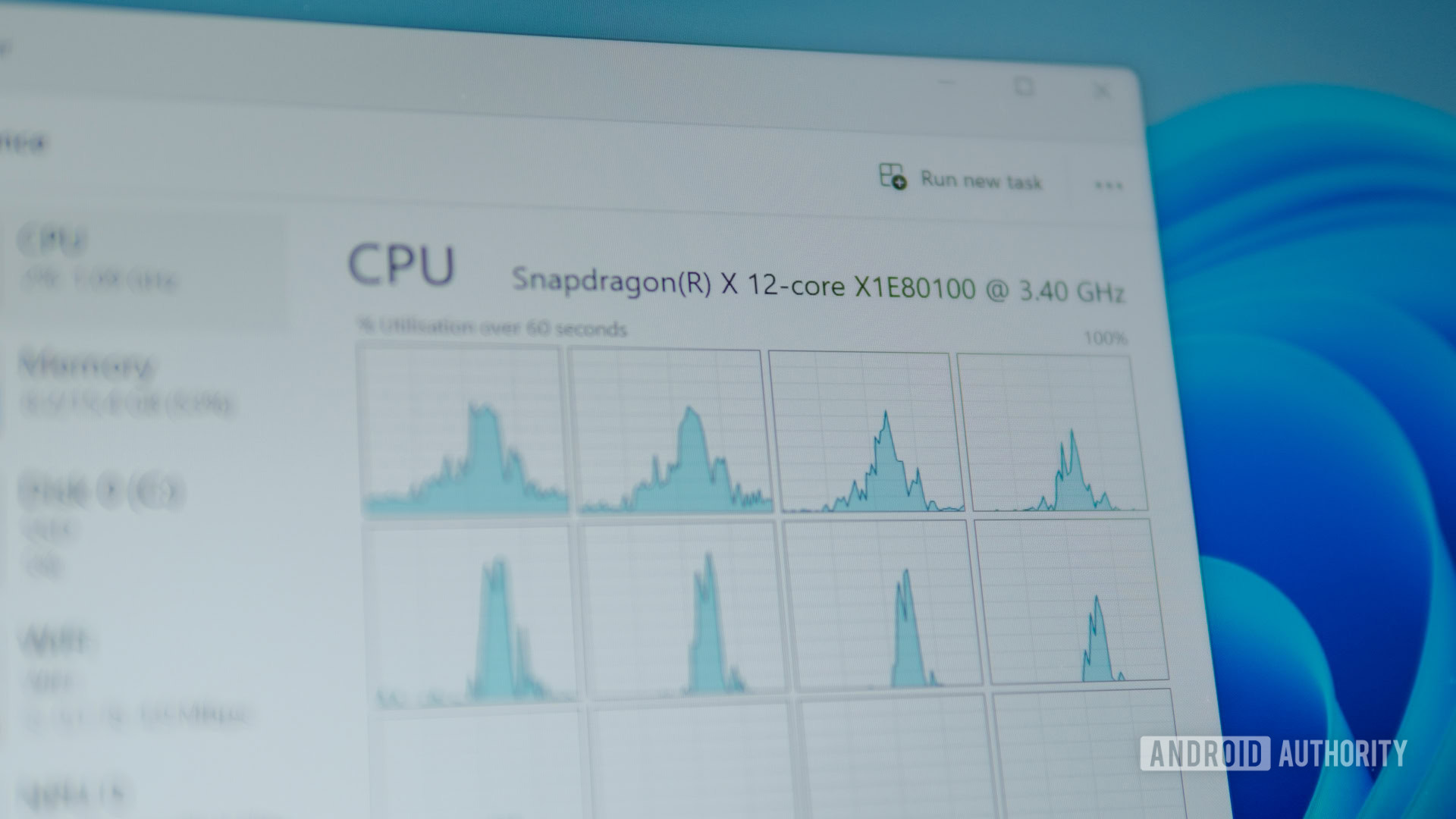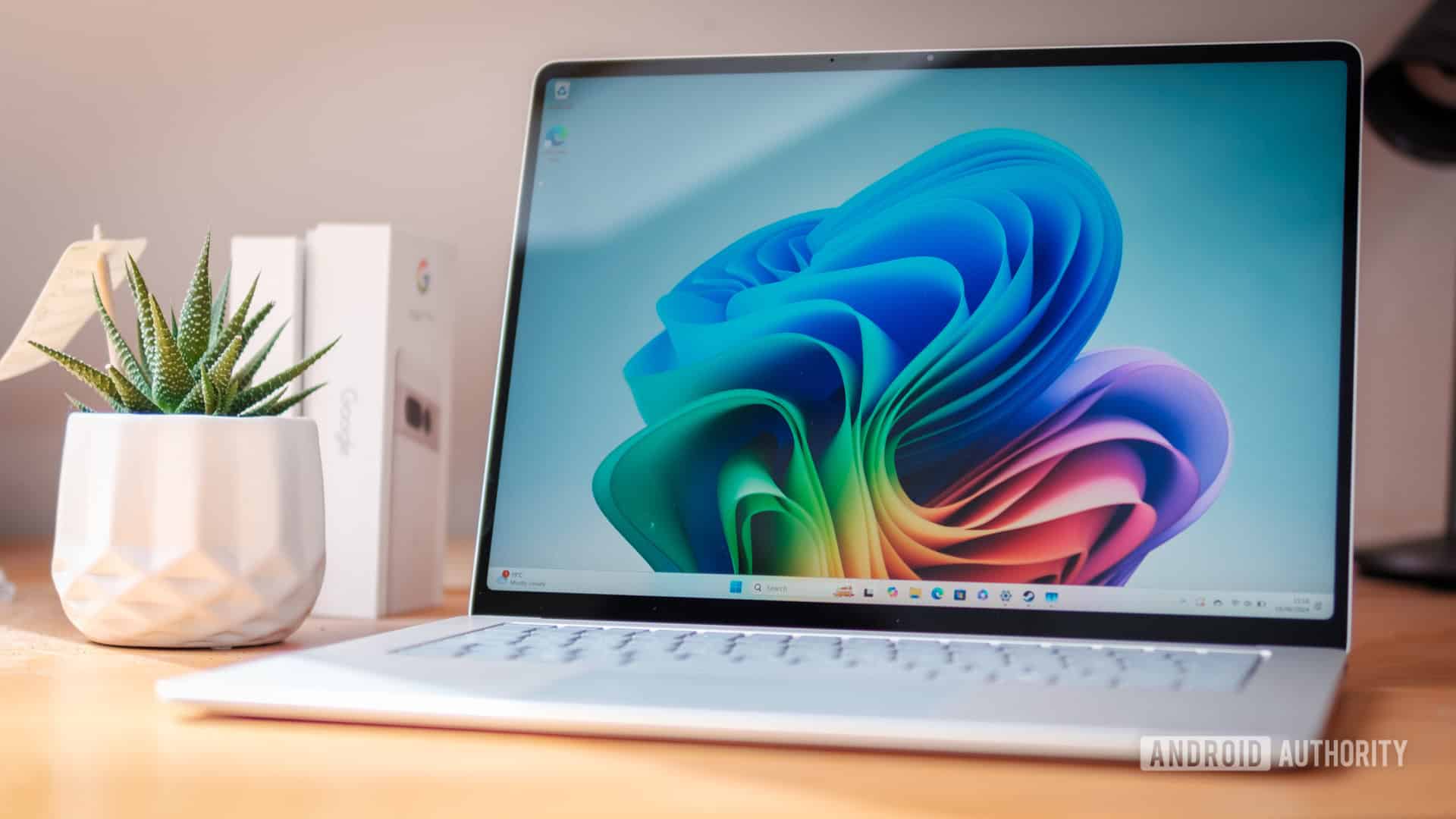With the next major Windows 11 update, Microsoft promised some performance improvements by emulating Intel and AMD code on an Arm-based Windows laptop. The new x86-64 emulator is called Prism and is now available. With a variety of PC Copilot Plus showing off the new Snapdragon X processor Now that Prism is on the market, we thought it would be nice to see what difference it can make, even on older hardware.
Because it is necessary?
Before we move on to our testing, here’s some background on why this is important and why emulation is still an absolute necessity on Arm-based Windows machines.
For decades, Windows has been synonymous with x86 and x86-64 (AMD and Intel processors, in other words), and all historical software written for the operating system has been compiled, by default, to run on that architecture.
After several failed attempts to meddle with Arm support — remember the Microsoft Surface RT? — we are now entering an era of dual-architecture Windows ecosystem: x86-64 and Arm-64, or Arch64 as it is technically known. This is due, in part, to Qualcomm’s Snapdragon PC processors, of which the Snapdragon X is the newest. The problem is that without emulation, you can’t run x86/x64 code directly on an Arm processor because they don’t use the same instruction set.
Arm on Windows machines cannot run x86 applications natively, it needs emulation.
Now, when you compile an application using, say, Visual Studio (which is available for both architectures), you can produce binaries for both x86-64 and Arm, meaning that the application can run natively on both types of processors. However, this obviously only applies to new and updated applications; many older applications may never be compiled to run natively on Arm.
Although the Windows on Arm initiative has been around for over seven years, there are still countless apps that only work with x86-64. Therefore, we need an emulator to run them on an Arm processor. Microsoft has supported Arm emulation since Windows 10, but this has always come with a loss in performance. However, now with Windows 11 24H2, it has been renewed and this renewed version is called Prism.
Why Windows 11 24H2? Because it is the version that these new Copilot Plus PCs come with.
Microsoft claims

Even without an emulator, Microsoft says that 90% of total app minutes – i.e. where you spend the most time on a PC – are in apps that have a native Arm build. This claim is based on a survey of user behavior in non-gaming apps in the US and UK. Above is a slide from Arm itself, showing the growing support for native Arm apps.
On the consumer side, you can see that big names like Netflix, Kindle, Handbrake, Unity, VLC, and Microsoft Office are now available in native Arm builds. Major apps like Google Chrome, WhatsApp, Zoom, Adobe Photoshop, Disney+, Spotify, and many more will run natively on Copilot Plus PCs from day one. So there’s a lot of software and growing support for native Arm builds where you won’t need an emulator, but obviously a lot of software (including games) still requires emulation.
Progress is being made, but there are still many applications that require emulation.
During the launch of Copilot Plus for PC, Microsoft also claimed that emulated apps on PCs with Snapdragon X Elite are more than twice as fast as previous-generation Windows Arm devices running Windows 11 22H2. It claims that you will see double the emulated performance if you run Windows 11 24H2 on a Snapdragon X Elite platform.
This improvement is not only due to the software but also to the Snapdragon X Elite itself. Microsoft compared a Qualcomm 8cx Gen 3 machine to a Snapdragon X Elite, showing big improvements in processor performance and some performance improvements in the Prism emulator. The idea is that today’s user experience will be better than before, and some argue that this is the most important thing. Of course, that’s not an apples-to-apples comparison; To find out exactly how much better Prism works, you’ll need to test the same device before and after the update.
Our results

Robert Triggs / Android Authority
To test the performance improvement on the software side, we tested x86-64 versions of Firefox, Cinebench Release 23, and Handbrake on a Surface Pro X before and after the Prism update. This is what we found:
- Firefox (Speedometer 3): 10%
- Cinebench r23 (single core): +8%
- Cinebench r23 (Multi-core): +4.5%
- HandBrake (encoding time in seconds): +8%
Note that for HandBrake, there was an 8% improvement in overall performance. In this case, encoding a file to H.264 using software encoding took just over a minute less on the new Windows 11 24H2 machine.
Remember, these are improvements for existing hardware. Microsoft’s 100% claim is for newer hardware, and to be fair, we’ve seen more impressive results on Our initial test of Copilot Plus PCs. However, there are still problems, so it’s not a truly transformative experience.
Ultimately, it’s nice to see a small boost for everyone using older Windows on Arm machines. Microsoft still has a ways to go before the platform is fully rolled out, but hopefully, it’ll at least be enough to tide us over until more developers get on board with native Arm apps.
Source link
